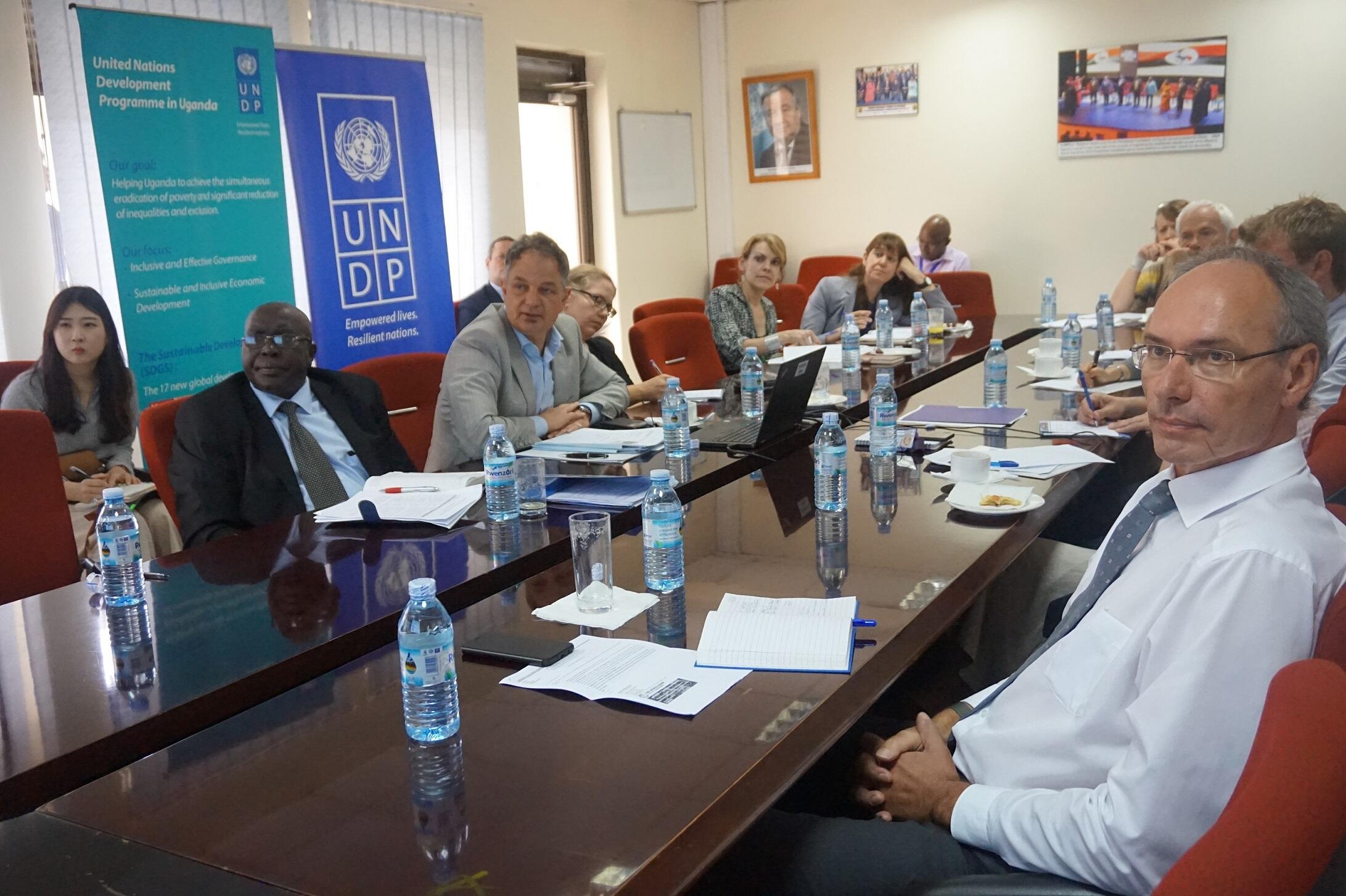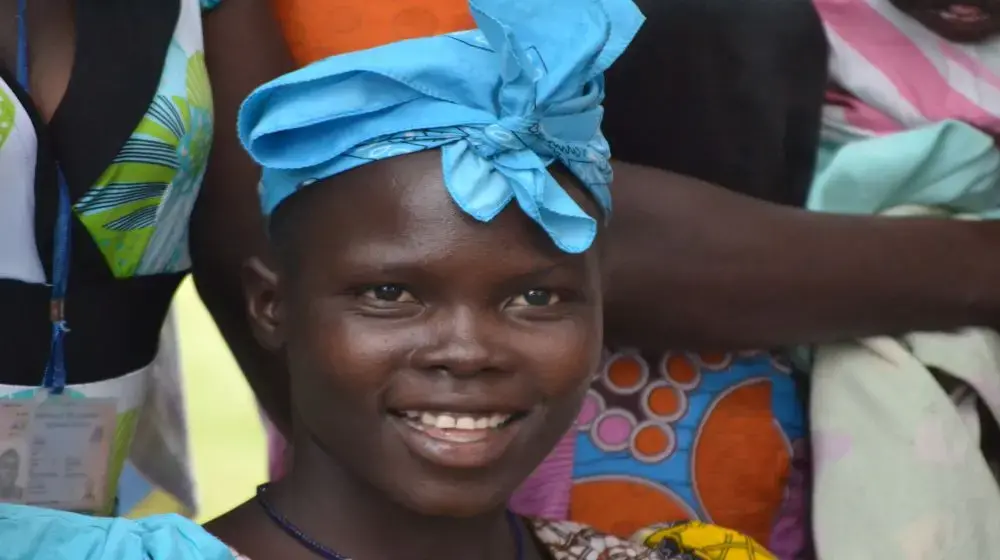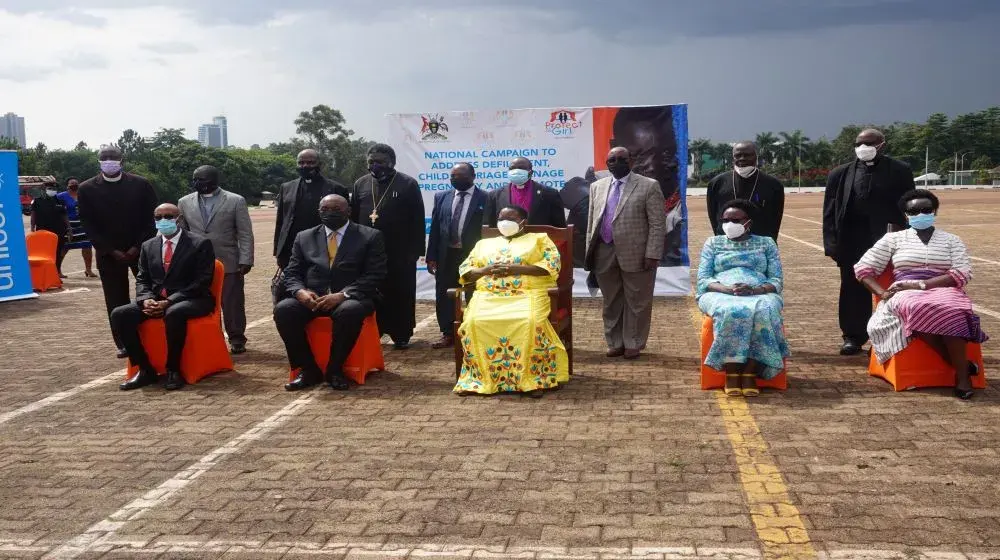Kampala, Uganda - The Local Development Partners Group in Uganda this Tuesday dedicated their meeting to discussing how they can support Uganda’s population challenge. The group invited UNFPA Representative, Mr. Alain Sibenaler and IFAD’s Representative, Mr. Alessandro Marini as special guests to share a few insights on Uganda’s population issues and agriculture, respectively.
In his presentation, Mr. Sibenaler underlined that early sexual debut and late start of contraception contribute to high fertility in Uganda, hence the rapid population growth. “In rural areas, girls get sexually active at an early age, about 16 years but start using contraception at 23 years when they have had more than three children,” said Mr. Sibenaler.
According to the Uganda Housing and Population Census 2014, Uganda population growth rate is at 3 per cent per annum, one of the fastest in the World. Currently, Uganda’s population is at 38.8 million, according to Uganda Bureau of Statistics (UBOS) 2018 mid-year projections.
Linking agriculture to Uganda’s population challenge, land fragmentation as a result of population pressure was pointed out as one of the emerging issues threatening the growth of the agricultural industry.

Development partners agreed that the issue of population growth has to be addressed from a multi-sectoral perspective other than just placing it in a ‘health box.’ “We have had population placed in a health box for quite a long time, what will help is putting it out of this box and really understand its impact quite broader,” said Ms. Jennie Barugh, Head of Office, at the UK’s Department for International Development (DFID) in Uganda. “We agree that we need to understand better the economic relationships - how well structured economic organization, industrialization, and dependency on agriculture interrelate with demographics shifts.”
The Development Partners concluded in agreement that the solution to Uganda’s population challenge should be multi-sectoral.
By Prossy Jonker Nakanjako





